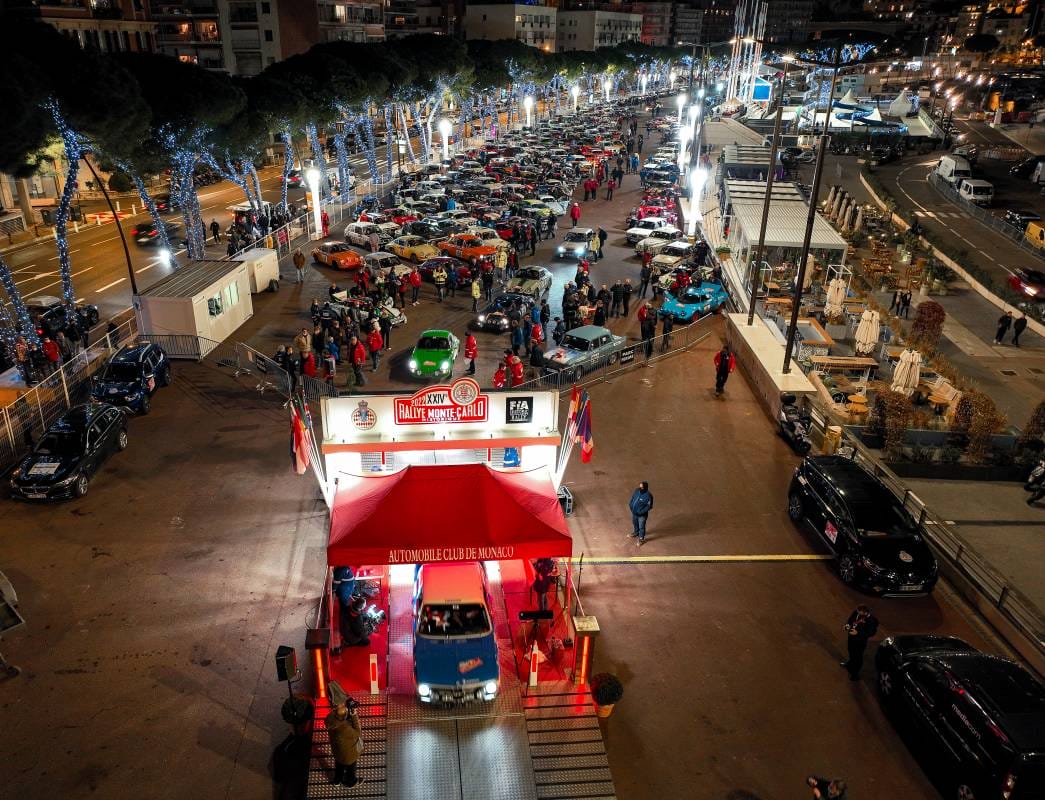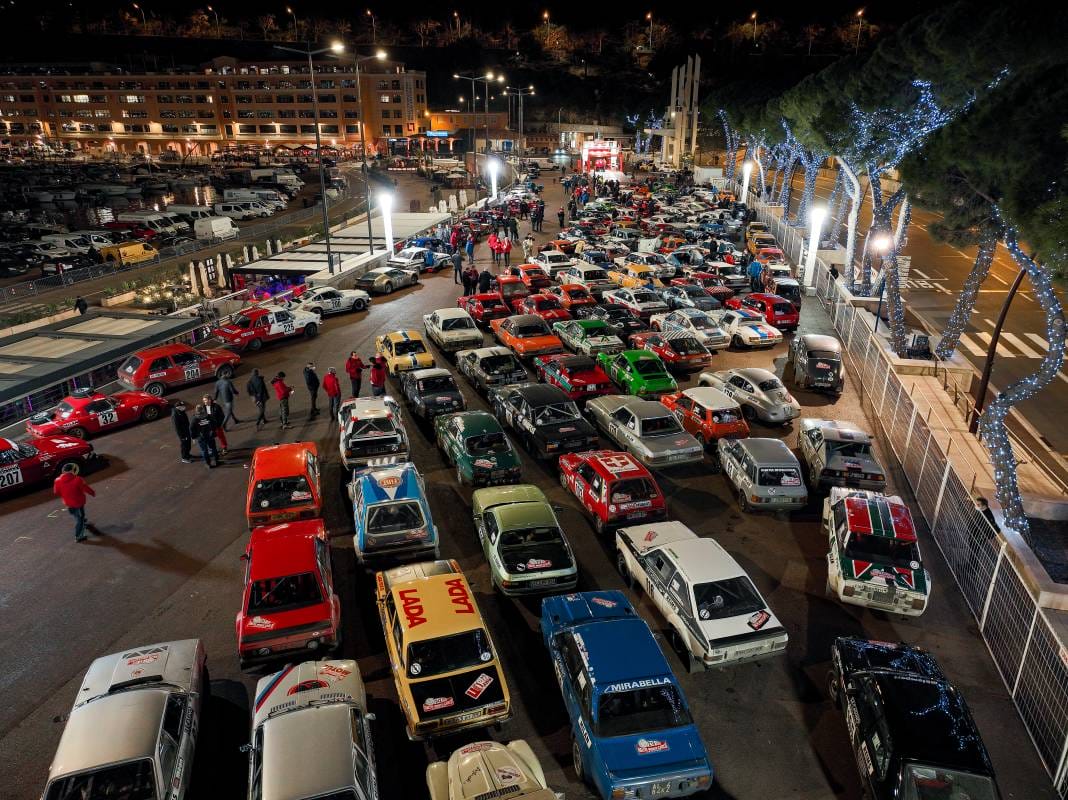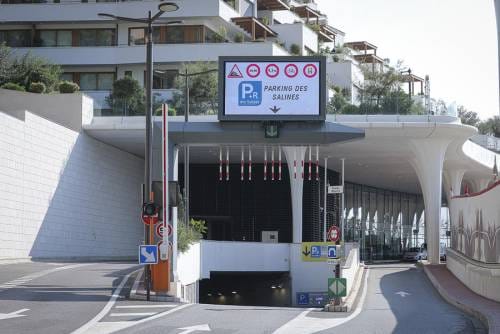From January 31st to February 7th, 2024, as part of the annual Monte-Carlo Historic Rally, vintage cars are back competing for victory. This unique race features some genuine works of art — vintage automobiles most modern car owners could only dream of.
A little history
The Monte-Carlo Rally is the oldest automobile race in the world, held under the patronage of the Monaco Princes since 1911. The idea of re-introducing famous racing cars of the past came about in the late 1990s. In January 1998 the first Monte-Carlo Historic Rally thus saw the light, its models produced between 1955 and 1980.
The race, honouring consistency and concentration, primarily revives the spirit of the 1950s–1980s. The Monte-Carlo Historic Rally is traditionally attended by such world-famous car makers as Porsche, Peugeot, Citroën, Lancia, Alfa Romeo, Renault, Volkswagen, BMW and others.
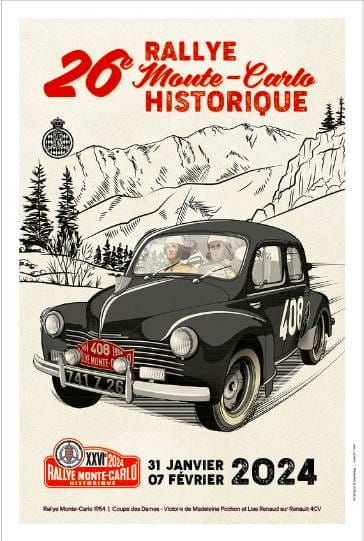
Its organizers strictly observe the Monte-Carlo Rally standards applied in the last century. It namely starts off from a number of different places, respecting certain classic stages and regular routes. The participants are thus not competing for time, but for precision. Their most important goal is complying with specified time and average speed requirements.
The Monte-Carlo Rally historically starts from a number of European cities: Oslo, Copenhagen, Glasgow, Athens, Barcelona and Milan. It mainly covers mountain roads in the French Valence neighbourhood, some 440 kilometers away from Monaco. An average speed for its stages rarely exceeds 55–60 km/h. The crew’s reliability and skill are therefore more vital than the car’s speed as such.
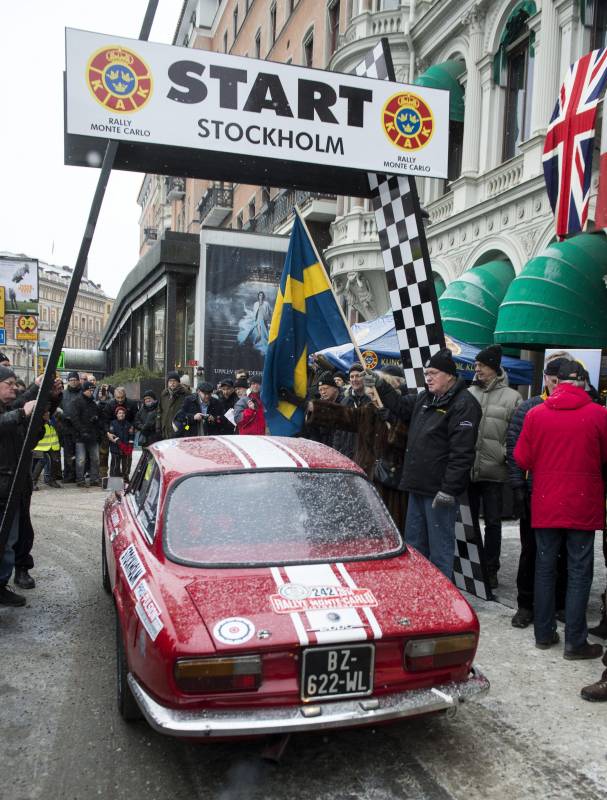
The Historic Rally participants
The Monte-Carlo Historic Rally is a venue for motorsport enthusiasts and professionals alike. The Monte Carlo Rally seven-time winning co-pilot Monegasque Daniel Elena, rubs shoulders with a Peugeot team newly assembled on a yearly basis.
The number of crews wishing to take part in this unique race is rising continuously. At first, there were only 50. Nowadays, some 300 cars are competing in the race. This is a limit, however, the organizers are sticking to. The rally’s specially marked roads just wouldn’t “absorb” a greater number than that.
Crews flying the Monaco flag came first twice in the race’s history. The first time it was Jean Ferry and Patrick Curti in 2003 driving a 1975 Autobianchi A112 Abarth. Ten years later precisely their success was reconfirmed by Gerard Brianti and Sebastien Chol with their 1970 Alpine A110 1600 S. Statistically, Belgian teams are the ones winning more regularly than others.

What makes the Monte-Carlo Historic Rally so challenging?
The track’s complexity and popularity are increasing over the years. Its control points have gone up a lot, putting the driver’s expertise to an additional test. From five or six, they eventually reached up to twenty. Moreover, the crews are becoming more and more skilled, some of them now being regular participants.
The rules also allow for a car’s revamping, good mechanical skills present a significant advantage over rivals. For the participants to have equal chance however, not all modifications are allowed by the Monte-Carlo Historic Rally committee. But a few upgrades, within the limit of the regulations, are quite a common thing.
Last but not least is its high-altitude Col de Turini stage. This 32-kilometre serpentine road is packed with 35 sharp turns with virtually no straight sections, making it one of the most challenging tracks in the world. Having to cross it at night makes it all the more trying. Unsurprisingly, this stage was nicknamed “night of daggers” with headlights, like daggers, cutting through complete darkness.

At the bottom of the gorge
Thankfully, the Monte-Carlo Historic Rally has never been marred by tragedy. Rigid security measures and compliance monitoring do their job. The danger is always there, however.
Certain participants never reach the finish line, primarily due to technical problems or non-compliance with the required speed limit. Some even leave their car abandoned in the narrow mountain gorges for good. The crew thankfully manages to emerge safe, but getting the car out is so expensive, the very idea has to be given up.
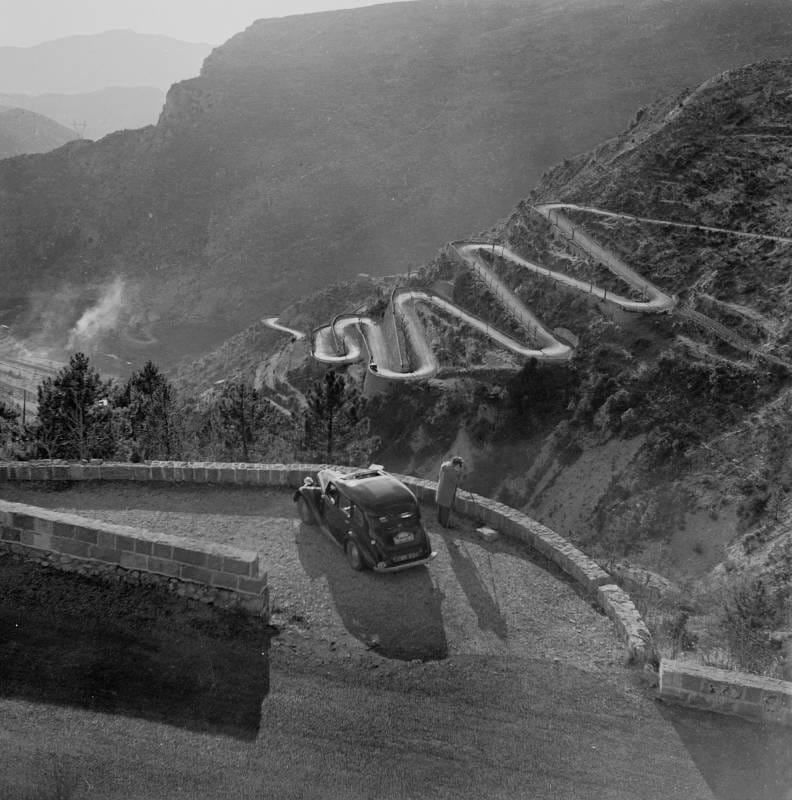
Occasionally, during icy conditions or snowfall, certains cars fall off the track. The crews stay safe, but the cars can no longer be restored. The brakes of the Soviet Volga GAZ-21 once failed, sending it into an abyss. Thanks to the Volga’s reliable safety system, the crew survived, managing to leave the accident site on their own. But the police and firefighters who arrived later were unable to lift the car from the bottom of the gorge without special equipment. It was thus decided to leave it there to stay.
In a word, even if the Monte-Carlo Historic Rally is not a high-speed one, its participants are well aware of the safety regulations to comply with. Doing otherwise may cost them dearly.
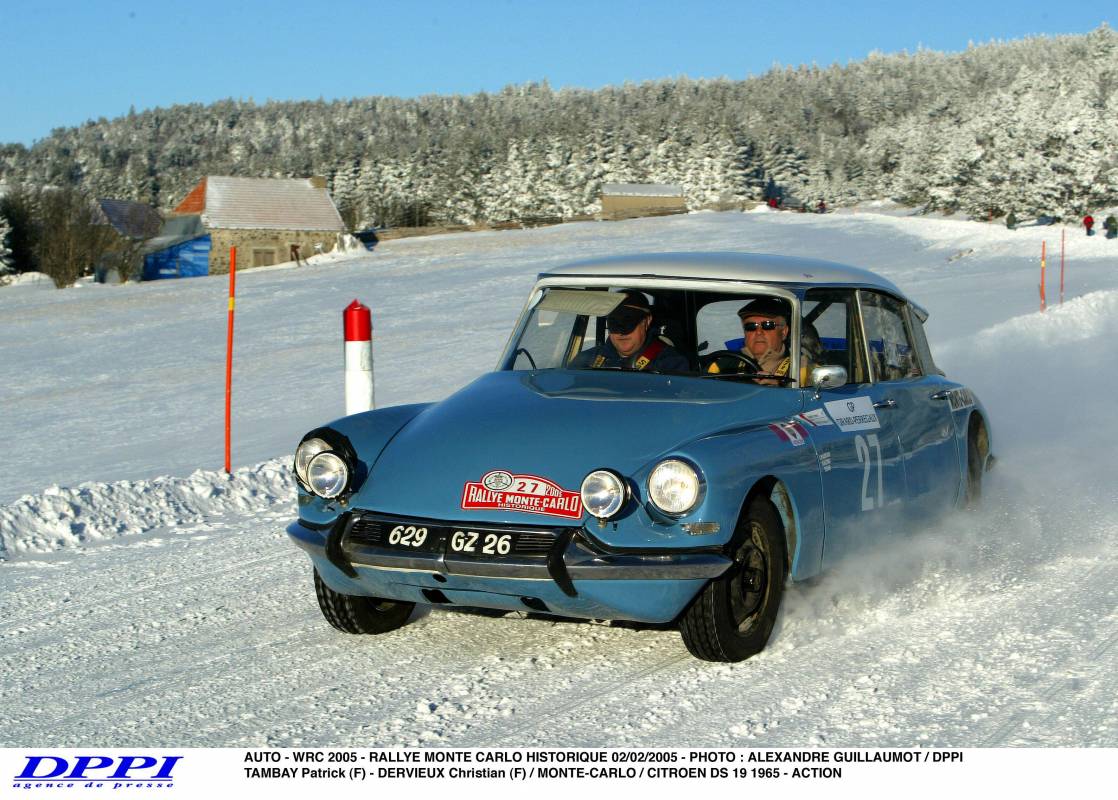
26th Monte-Carlo Historic Rally
Just three days after the 92nd Monte-Carlo Rally will finish, the crews cleared for the 26th Monte-Carlo Historic Rally have an equally difficult challenge to tackle. Glasgow and Milan are back to being the starting points for the competition. More participants will be disputing victory during the general qualification, all having in mind last year’s success of the 1970 Lancia Fulvia 1.3 S. crew, the Swiss team of Claudio Enz and Cristina Seeberger.
On January 31st, the first stage will start off from Glasgow. The next day, it will be Bad Homburg, Reims and Milan. Monaco is the traditional final destination, with the first cars reaching the Principality on February 2nd in the afternoon. The main competition will take place on February 3rd. The winner will be named at the finish line in Port Hercule on February 7th at 1 am. The awards ceremony evening is scheduled at Monte-Carlo Sporting.
Every other year the Monte-Carlo Historic Rally brings together motorsport fans of different ages, professions and countries, all united by one ambition — that of mastering the legendary route of the world’s oldest race.
